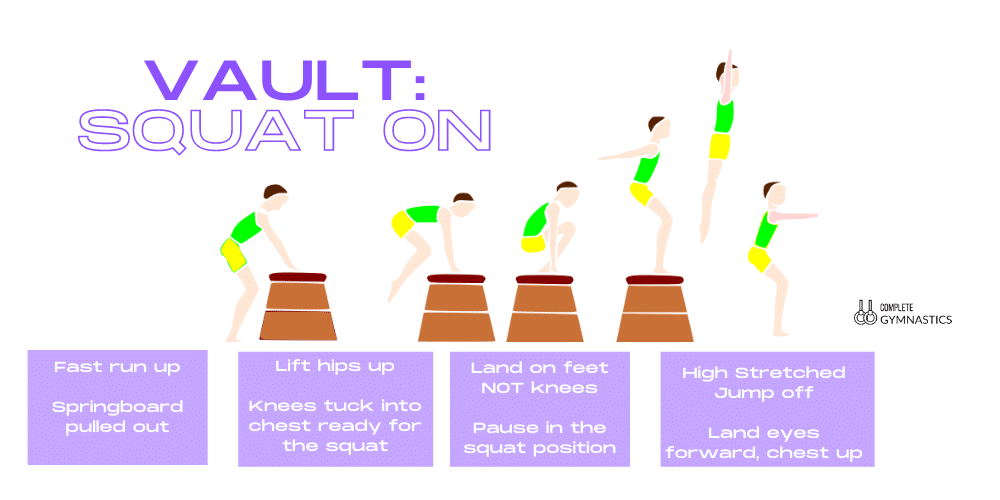
The Ultimate Golf Equipment Buying Guide: From Clubs to Accessories
Golf, a sport steeped in tradition and precision, demands the right equipment to excel. Choosing the right gear can significantly impact your game, making the difference between frustration and exhilaration on the course. This comprehensive guide will walk you through the process of selecting golf equipment, covering everything from clubs to accessories, helping you make informed decisions based on your skill level, budget, and playing style.
I. Golf Clubs: The Heart of Your Game
The selection of golf clubs is the most crucial aspect of your equipment purchase. Different clubs are designed for various shots and distances, and choosing the right set is paramount for optimal performance.
A. Club Types:
-
Drivers: Used for the longest shots off the tee, drivers prioritize distance and forgiveness. Look for features like larger club heads and adjustable lofts to optimize your trajectory. Consider your swing speed – higher swing speeds benefit from stiffer shafts, while slower swing speeds prefer more flexible shafts.
-
Fairway Woods: Designed for shots from the fairway, fairway woods offer a balance between distance and accuracy. Their lower lofts compared to hybrids make them suitable for longer approach shots.
-
Hybrids: A cross between irons and fairway woods, hybrids provide greater forgiveness and easier launch than long irons. They are particularly beneficial for high-handicap players struggling with long irons.
-
Irons: A set of irons typically ranges from 3-iron to pitching wedge (PW), each with a different loft and designed for various distances and shot shapes. Forgiveness increases as you move from long irons (3-5 iron) to short irons (8-PW). Consider your swing mechanics and desired ball flight when choosing irons.
-
Wedges: Wedges are crucial for short game accuracy and control. Common wedges include pitching wedge (PW), sand wedge (SW), gap wedge (GW), lob wedge (LW), and sometimes an approach wedge (AW). Wedge selection depends on your preferred short game strategy and course conditions.
-
Putter: The putter is used on the green to sink the ball into the hole. Putter selection is highly personalized, based on your putting stroke and feel. Consider factors such as head weight, length, and grip type.
B. Club Sets vs. Individual Clubs:
-
Complete Sets: Ideal for beginners, complete sets offer a range of clubs at an affordable price. They often include a driver, fairway woods, irons, wedges, and a putter. However, the quality of individual clubs might not be as high as in custom sets.
-
Individual Clubs: More experienced golfers often prefer to assemble their own sets, choosing individual clubs based on their specific needs and preferences. This allows for greater customization and potentially higher quality components.
C. Shaft Material and Flex:
-
Graphite Shafts: Lighter and more flexible than steel shafts, graphite shafts offer greater distance and forgiveness. They are generally preferred by players with slower swing speeds.
-
Steel Shafts: Heavier and stiffer than graphite shafts, steel shafts provide greater control and feel. They are often preferred by players with faster swing speeds.
-
Shaft Flex: Shaft flex refers to the stiffness of the shaft. Flex options typically include regular, stiff, and extra stiff. Choosing the correct flex is crucial for optimizing your swing and maximizing distance.
II. Golf Balls:
Golf balls come in various designs, each affecting distance, spin, and feel.
-
Two-Piece Balls: Generally more affordable, two-piece balls prioritize distance over spin control. They are ideal for high-handicap players focusing on distance.
-
Three-Piece Balls: Offering a balance between distance and spin, three-piece balls provide better control and feel than two-piece balls. They are suitable for players with mid-to-high handicaps.
-
Four-Piece Balls: Designed for maximum spin and control, four-piece balls are favored by low-handicap players who prioritize accuracy and shot shaping.
-
Distance vs. Spin: Consider your game. If distance is your priority, choose a ball with a low spin rate. If control and spin are more important, opt for a higher spin rate ball.
III. Golf Shoes:
Golf shoes provide stability, traction, and comfort during your round. Key features to consider include:
-
Spikes or Spikeless: Spiked shoes offer superior grip, while spikeless shoes provide comfort and are suitable for walking on and off the course.
-
Waterproofing: Waterproofing is essential for playing in wet conditions.
-
Support and Cushioning: Good support and cushioning are crucial for comfort and injury prevention.
IV. Golf Gloves:
Golf gloves improve your grip and control, preventing blisters and improving shot consistency. Consider factors like:
-
Material: Leather gloves offer superior grip and durability, while synthetic gloves are more affordable and easier to clean.
-
Size and Fit: A properly fitting glove should feel snug but not restrictive.
V. Golf Bags:
Golf bags carry your clubs and accessories. Consider:
-
Cart Bags: Designed for golf carts, cart bags offer ample storage space and organization.
-
Carry Bags: Lighter and more compact than cart bags, carry bags are suitable for walking the course.
-
Stand Bags: Carry bags with a built-in stand, providing convenient rest on the course.
VI. Golf Accessories:
Several accessories can enhance your golf experience:
-
Golf Tees: Essential for teeing off on the fairway.
-
Ball Markers: Used to mark your ball’s position on the green.
-
Divot Tool: Used to repair divots on the fairway.
-
Rangefinder/GPS: Help determine distances to the green and hazards.
-
Golf Towel: Used to clean your clubs and balls.
-
Umbrella: Essential for protection from rain.
VII. Budget and Skill Level:
Your budget and skill level should guide your equipment choices. Beginners should opt for affordable, forgiving equipment, while experienced players can invest in higher-quality, more specialized clubs. Don’t overspend on equipment you won’t fully utilize.
VIII. Getting Fitted:
Consider getting fitted for clubs by a professional club fitter. A proper fitting ensures your clubs are tailored to your swing, maximizing your performance potential.
IX. Conclusion:
Choosing the right golf equipment is a personal journey. Consider your skill level, budget, and playing style when making your decisions. By carefully considering the factors outlined in this guide, you can equip yourself for a more enjoyable and successful golfing experience. Remember to prioritize comfort, performance, and longevity when selecting your equipment. Enjoy the game!



